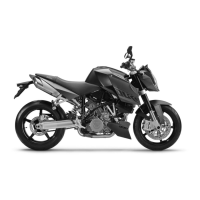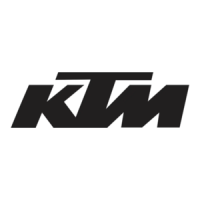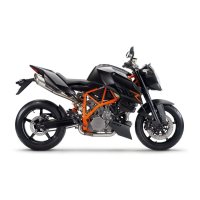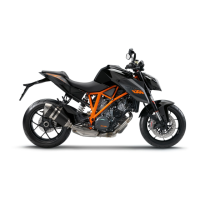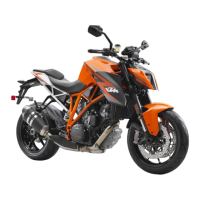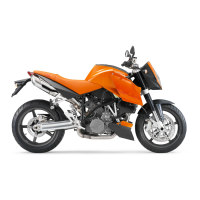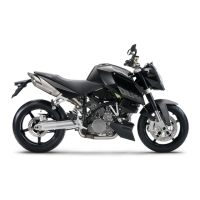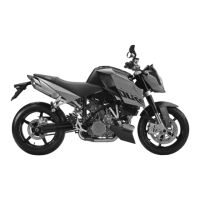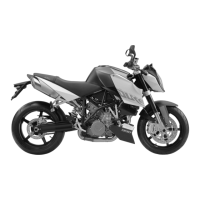What to do if my KTM 990 SUPER DUKE R EU Motorcycle engine overheats?
- MMichael GeorgeAug 17, 2025
If your KTM Motorcycle engine is overheating, consider the following: * Check for leaks in the cooling system and ensure the antifreeze and coolant levels are correct. * Clean any dirt from the radiator fins. * Address foam formation by draining and refilling the cooling system. * Replace any buckled or damaged radiator hoses. * Replace fuse 4 if it has blown. * Inspect the thermostat and radiator fan system for defects. * Ensure there is no air in the cooling system by bleeding the system.
